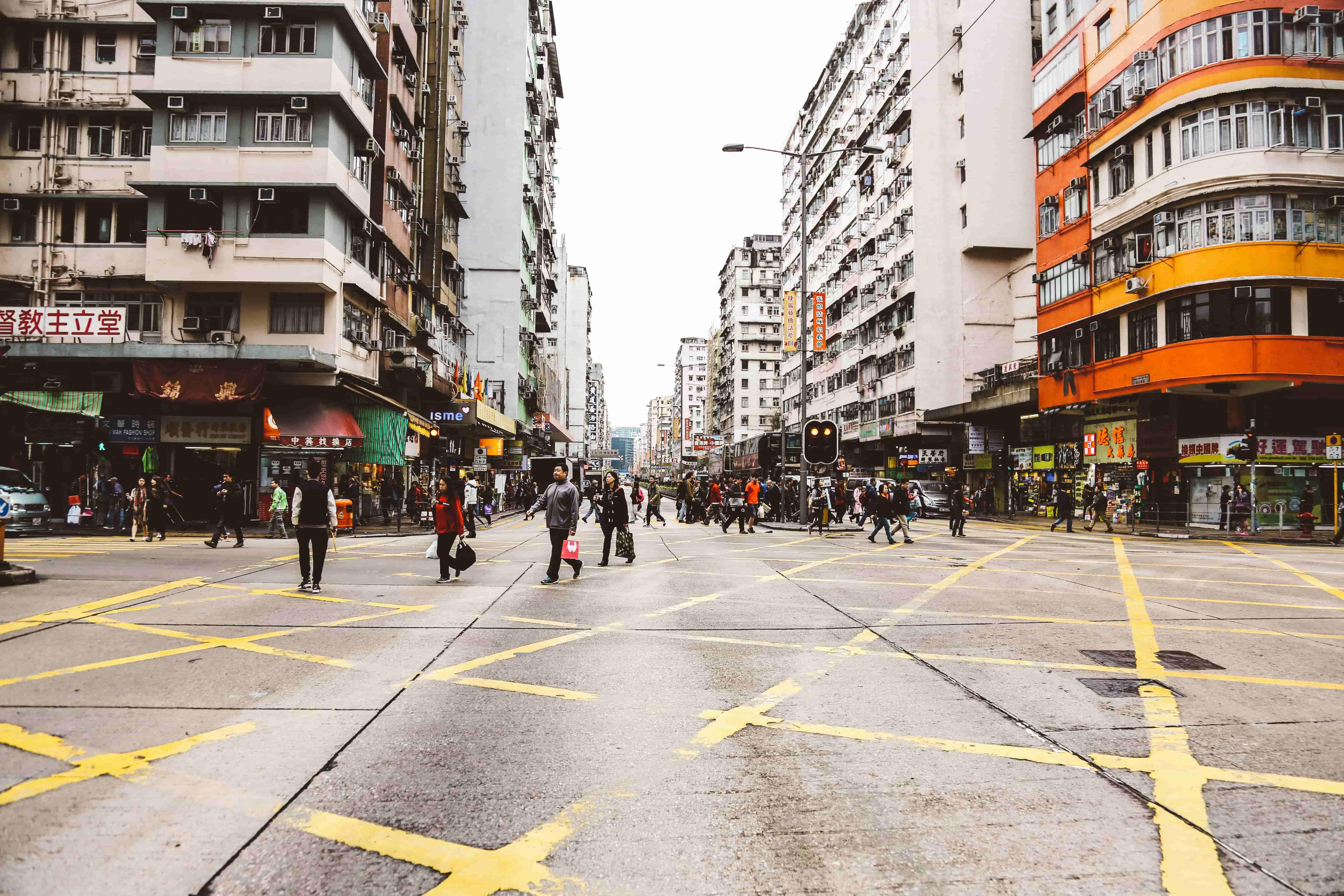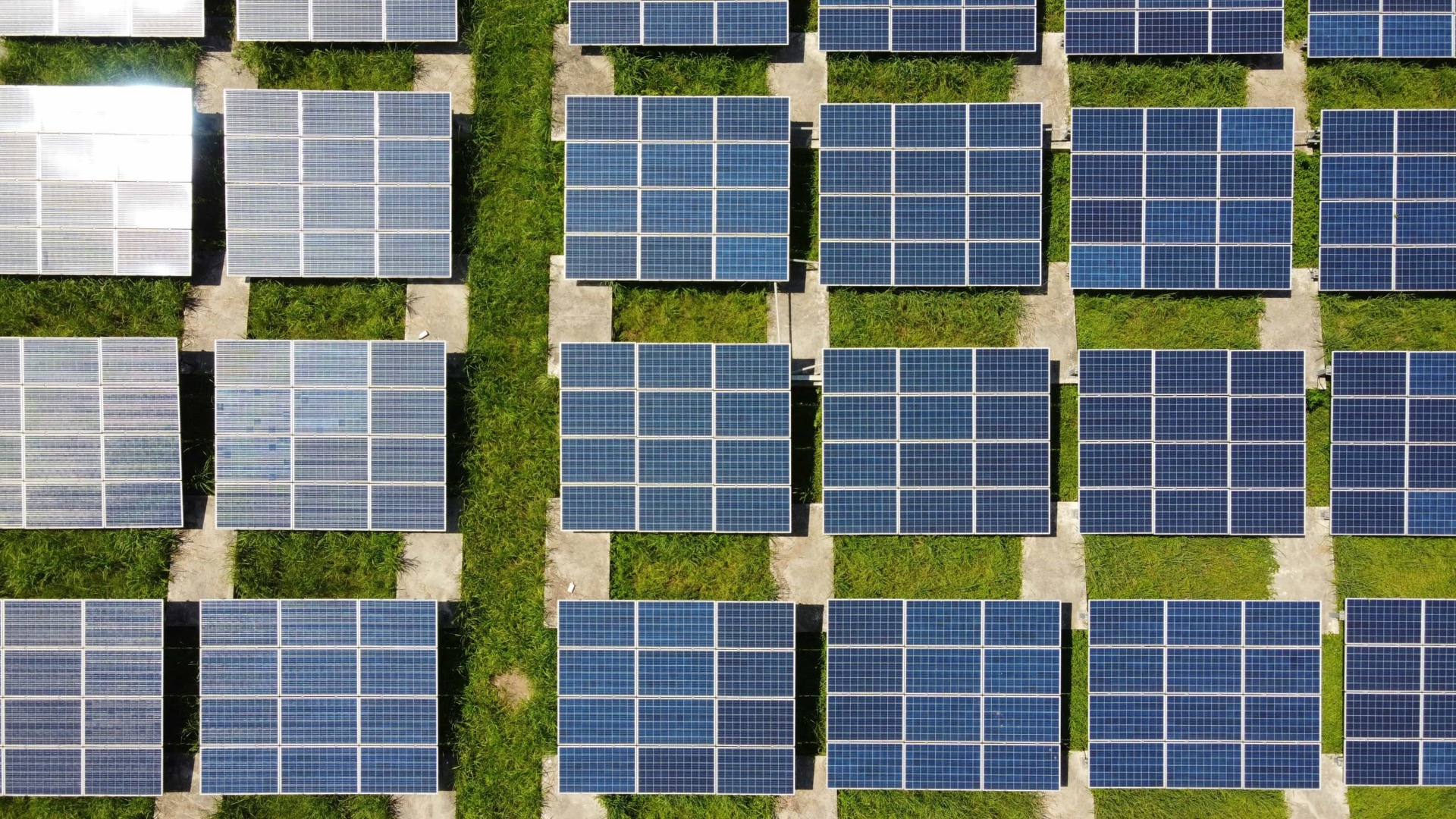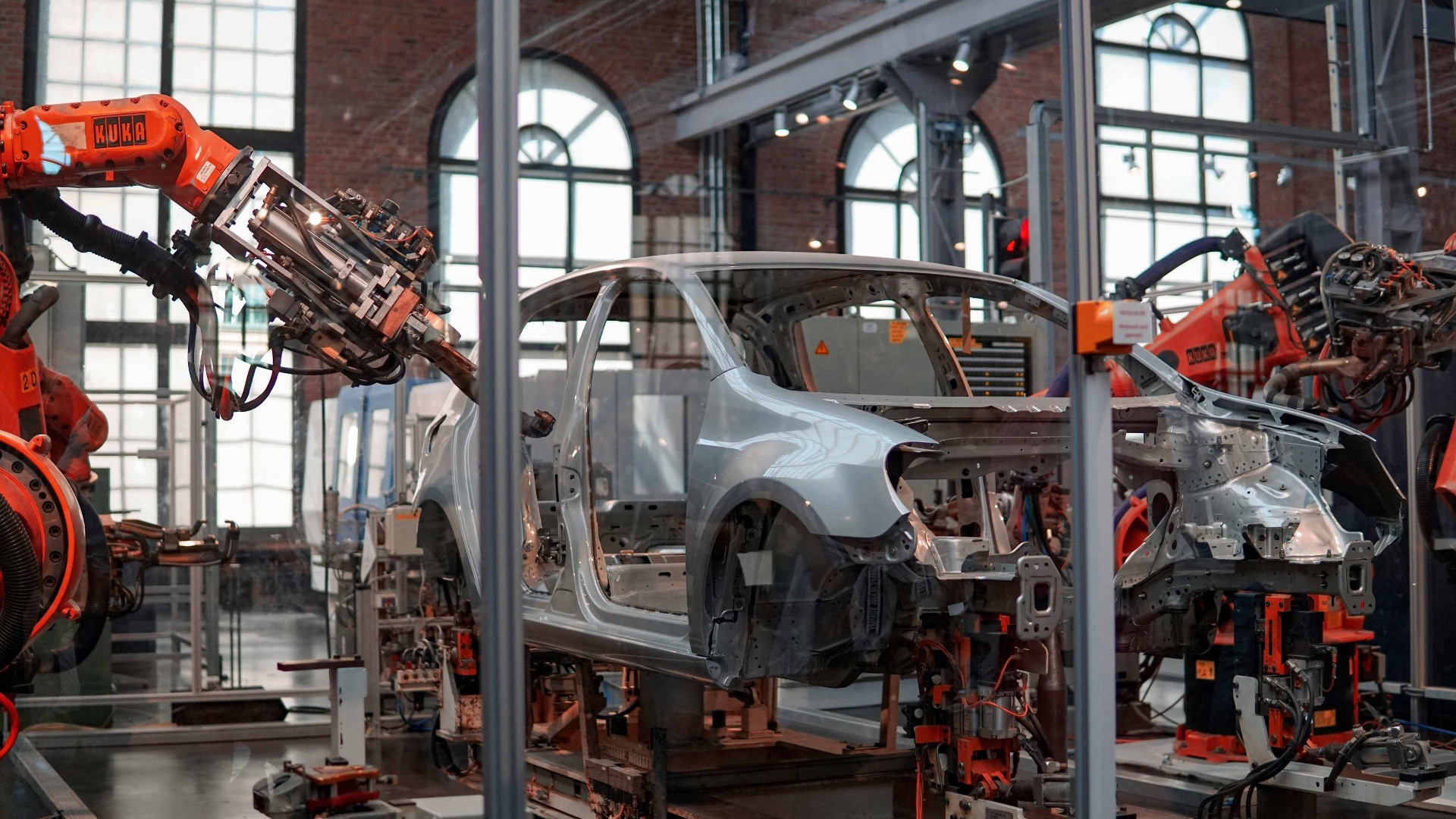Have you ever wondered how people manage to move through busy intersections without constantly bumping into each other? Scientists have been studying this everyday challenge to better understand how people - or even robots - navigate crowded spaces. By using computer simulations, they’ve explored how individuals make decisions to avoid collisions while still trying to reach their goals. This research could help make city spaces safer, improve crowd flow, and even guide how robots move in busy environments.
What Did the Study Look At?
The researchers created a virtual model of a three-way intersection, a common but tricky place for people to move through. In this simulation, they used “cognitive active agents,” which are like virtual versions of people or robots that can see what’s around them and decide how to move. These agents had to navigate through the intersection, avoiding each other while heading toward their destinations.
The study focused on how these agents balanced two things: avoiding crashes and reaching their goals. Some agents were better at dodging others, while some were more focused on going straight toward their target. The researchers also tested how different levels of vision - like a wide or narrow field of view - affected how well the agents moved in a crowd.
What Did They Find?
The results showed that how people or agents move in crowds depends a lot on how they balance careful navigation and focus. Agents with better maneuverability (the ability to dodge others) moved more smoothly but sometimes took longer, wandering to avoid collisions. On the other hand, agents that were very focused on their goals but less maneuverable often caused jams and crashes.
Another interesting discovery was how vision played a role. Agents with a wider field of view could spot and avoid others earlier, helping them move more easily. But when agents had a narrow field of view, they tended to follow the crowd more closely, forming small groups or clusters.
Unlike simpler intersections, where people tend to naturally organize into straight lanes, three-way intersections were more chaotic. Instead of clear patterns, researchers saw clusters of people or agents moving in loops, like a mini roundabout forming in the crowd.
Why Does This Matter?
This study isn’t just about understanding how people move in crowds - it has real-world applications. For example, city planners can use these insights to design better intersections, crosswalks, and public spaces that allow people to move more safely and efficiently. If we know what causes jams or collisions, we can design spaces to reduce those problems.
It’s also helpful for managing crowds during big events, like concerts or sports games, or even during emergencies where people need to evacuate quickly. By predicting how people move, authorities can create better plans to keep everyone safe.
The research could even help robots and self-driving cars navigate busy places like airports or warehouses. By teaching robots to “think” like people in a crowd, they can avoid collisions and move more naturally alongside humans.
Making Crowds Smarter
This research shows that even something as simple as crossing an intersection involves a lot of decision-making and coordination. By studying how individuals interact in crowded spaces, scientists can help improve safety and efficiency, whether it’s for people walking through a city or robots delivering packages. This work is a step toward smarter and safer spaces for everyone.


